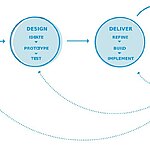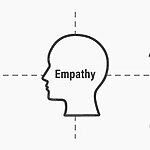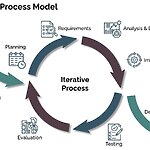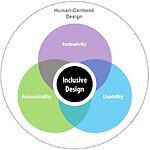In the ever-changing realm of digital platforms, human-centred design is a beacon that guides architects and designers to craft solutions that not only meet user’s needs but also resonate with the end users. Human-centered design emphasizes empathy, inclusivity, iteration, and accessibility which weaves these principles into every stage of the design process. Much like architects carefully plan buildings that serve occupants and are adaptable and aesthetically pleasing, digital platforms or digital architecture is something where designers craft human-centred design principles to make digital platforms that resonate with and cater to their user’s requirements. Smart technologies can only lead to smart outcomes if humans are involved in the design process: from defining the problem to the implementation of the final solution.
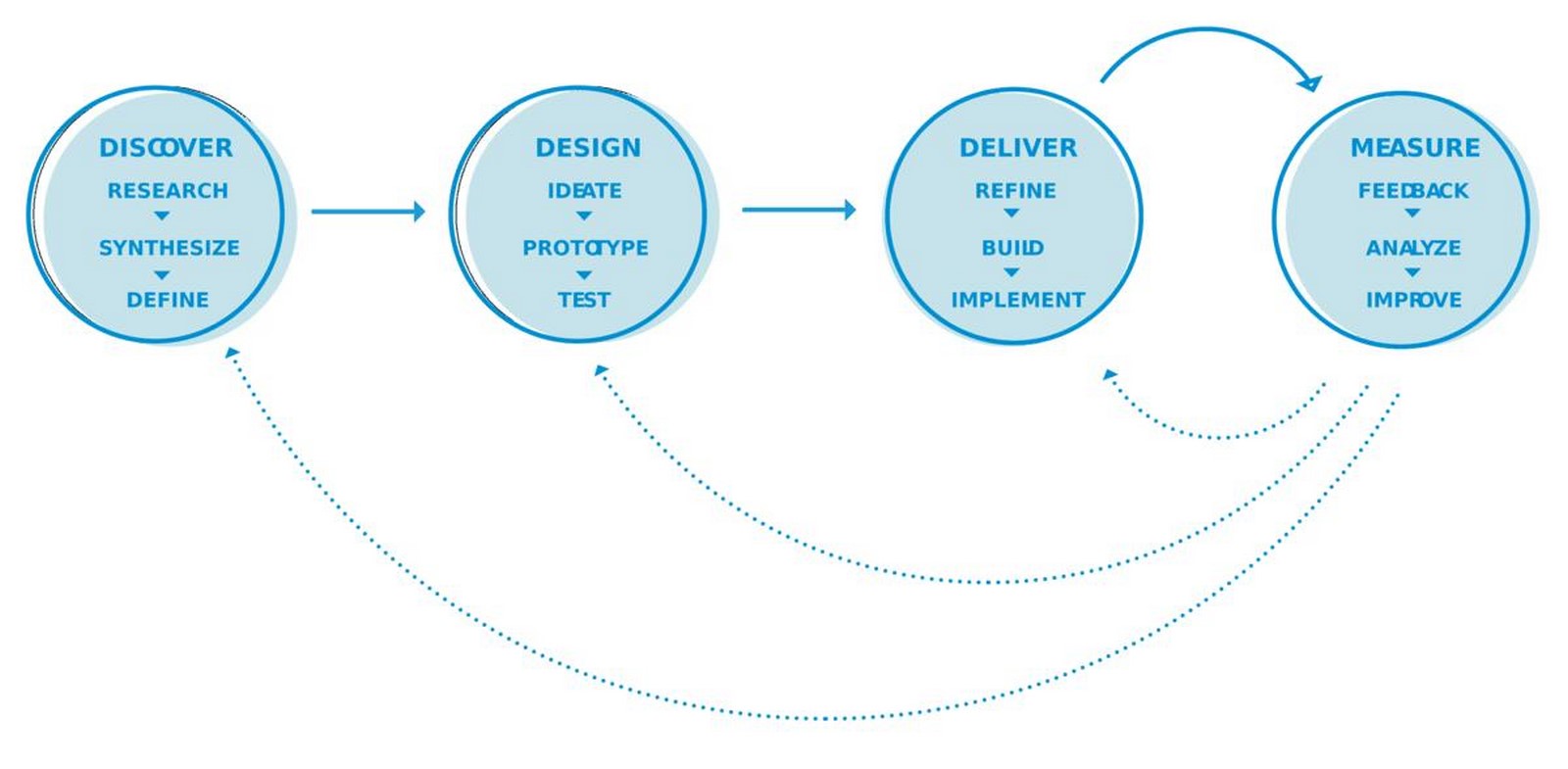
Understanding human-centred Design
Human-centered design (HCD) is a qualitative research approach that guides groups in addressing problems and crafting solutions that prioritize user needs above system requirements. It serves as both a methodology and a management framework, integrating the human perspective throughout the problem-solving process. HCD unfolds in four sequential phases: discovery, design, delivery, and measurement. However, it is also iterative and cyclical. After launching a design solution, continuous measurement against initial objectives is essential, allowing for ongoing refinement to enhance the solution over time. The needs of the user and his psychological factors are considered to increase the economic benefits and improve the acceptance of the end user. Human-centred design, also known as design thinking, prioritizes adaptable solutions informed by user feedback, recognizing the dynamic nature of people and their evolving needs. This methodology integrates the human perspective into every stage of the problem-solving process, ensuring that solutions remain responsive and relevant to users.
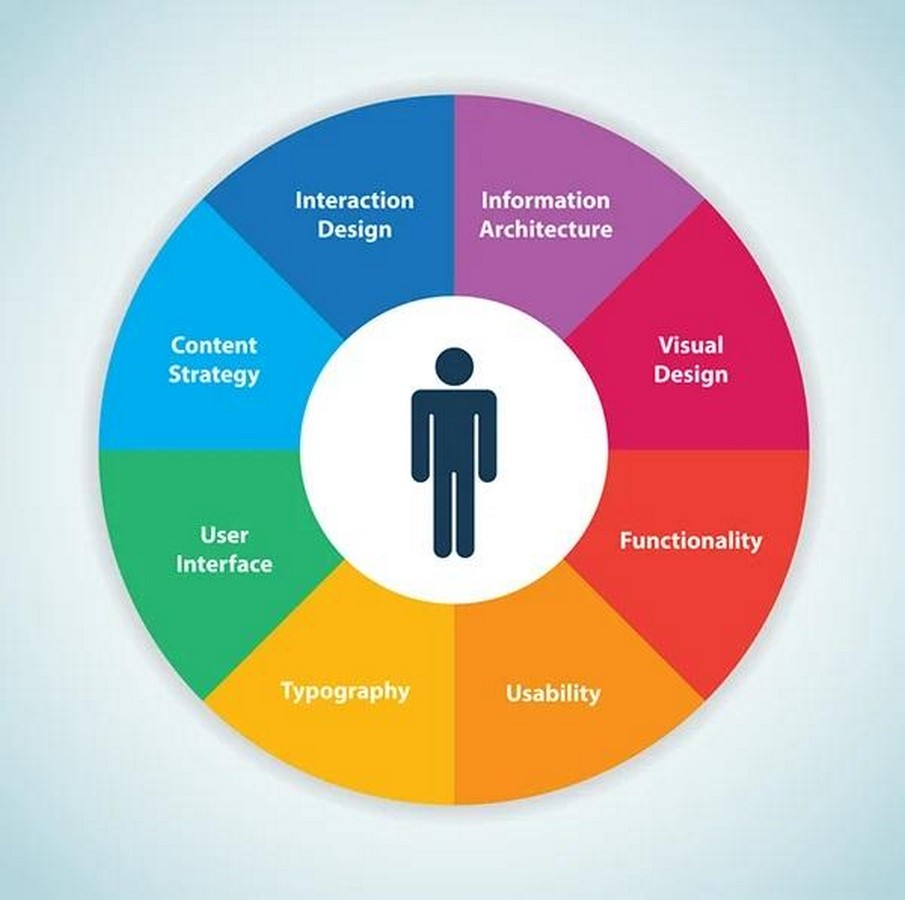
Foundation of empathy
Empathy is the centre of human-centred design. While creating a meaningful digital experience, designers must understand the end user’s needs, pain points, and motivation. Once the designers get an understanding of the user’s needs and their necessities, designers are bound to develop solutions that resonate with users on an emotional level, fostering loyalty and trust. Just as a skilled architect understands the needs of the inhabitants, so too must digital architects empathize with the users interacting with their platform. Empathy is the foundation of any design that guides architects to deeply understand the needs and aspirations of the users.
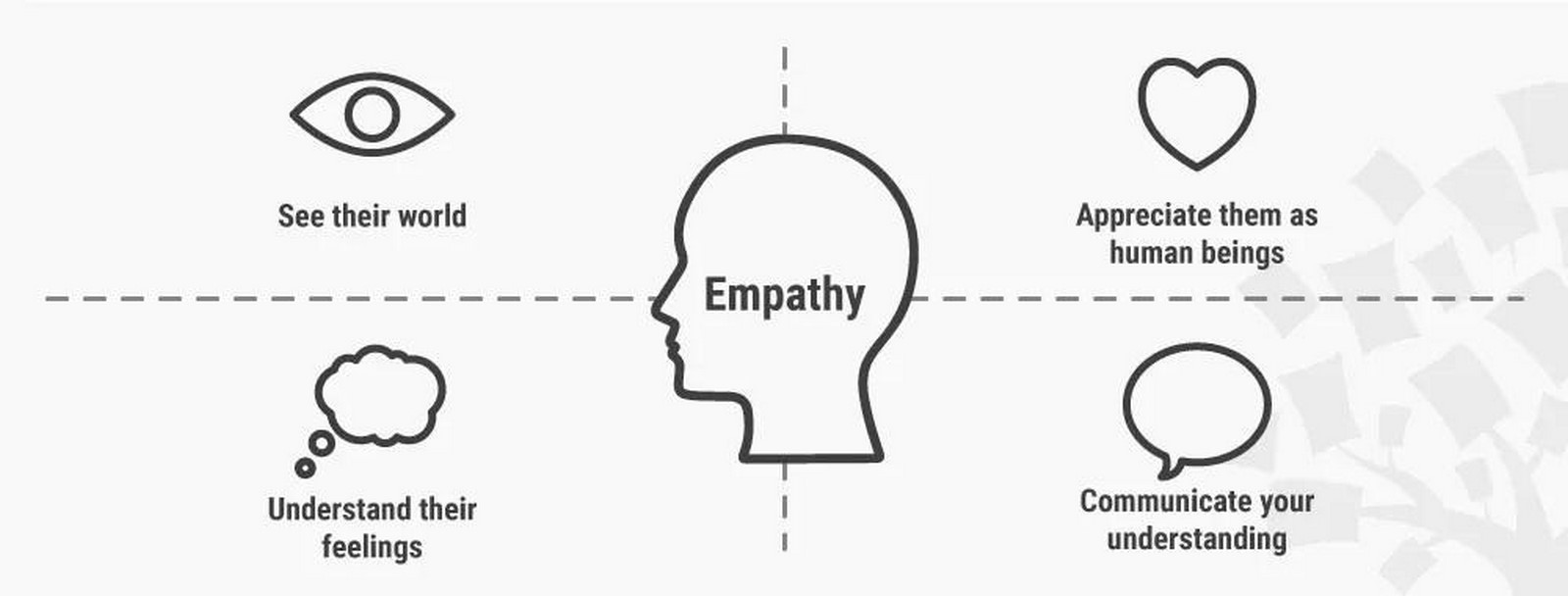
Iterative Design Process
Human-centred design is an iterative process, with each phase building upon the feedback gained from the previous users. Usually, the process begins with research whereas design begins with interviews, surveys, and behaviours. From this information, designers create a blueprint that becomes the guiding framework for the project. These blueprints are the result of various iterations, refinements, and insights from the user’s feedback. In digital architecture, the iterative design process allows designers to refine the blueprints testing and changing to ensure that the final platform aligns closely with the user’s needs and expectations. And every iteration brings the digital platform closer to its final form, refining features, and enhancing overall user experience.
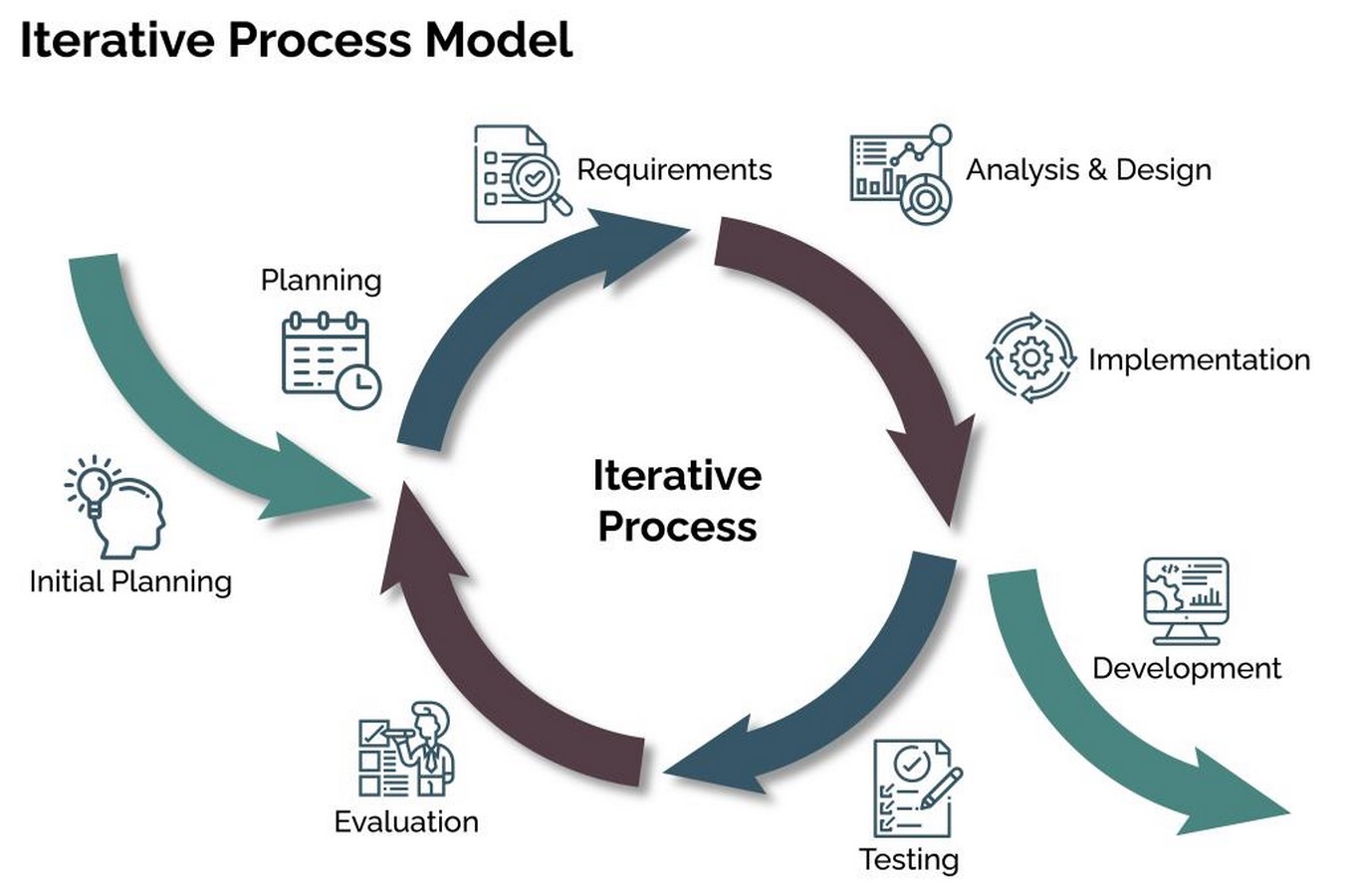
Constructing accessibility and inclusivity
Just like buildings need ramps and elevators for everyone to use, digital stuff like websites and apps should also be easy for everyone to access and use. In very simple terms accessibility is about creating products that can be used by everyone. It is more of a methodology that relies on understanding as many diverse perspectives as possible. It’s all about making sure nobody gets left out and everyone can use the digital platform easily. Inclusive design involves as many different people as possible and puts them at the centre of the design process. These fresh, diverse perspectives are key to inclusive design. This also involves factors such as font size, and navigation pathways to accommodate diverse needs. While doing so this requires designers to conduct research and engage with diverse user groups to ensure that the platform is inclusive and culturally sensitive. Accessibility and Inclusivity in design are the crucial factors that pave the way for a future where digital products and services can effectively meet the diverse needs of all users.
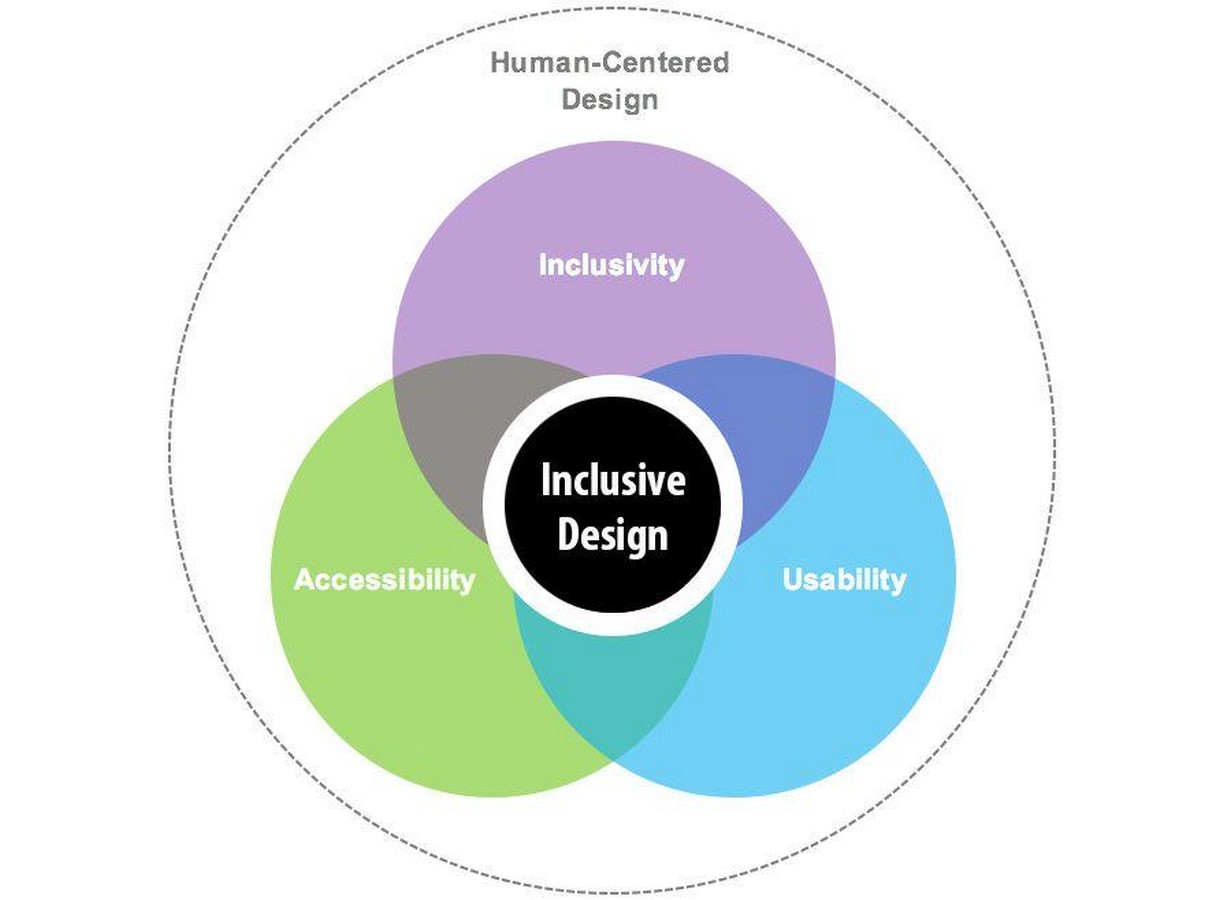
Architectural elements of human-centred design
- User Research:
Just as an architectural study requires the study of site and context before designing, digital architects also require detailed user research to understand the context and needs of the audience. Designing any digital platform without any user research beforehand leads to an automated process that does not force users to work in a particular manner, but instead suits the process and organizations.
- Prototyping testing
In digital architecture prototyping involves creating mockups of the digital platform testing it on the end users and identifying the areas of problems and improvements. Developing a prototype gives stakeholders a clear picture of the potential benefits, risks, and costs associated with where a prototype might lead.

A building’s design must adapt to different environmental conditions, any digital platforms should be responsive enough to provide a seamless experience allowing the design to adjust automatically to the browser to ensure consistent content across devices by utilizing space effectively and sizing design elements using relative units
- Inclusive design
Inclusive design in digital architecture involves creating experiences that accommodate various end users. Inclusive Design prioritises the diversity and uniqueness of all individuals, considering the wide range of needs present even among those who fall outside the hypothetical “average.” As people diverge from this norm, the spectrum of individual requirements at the margins becomes increasingly varied.
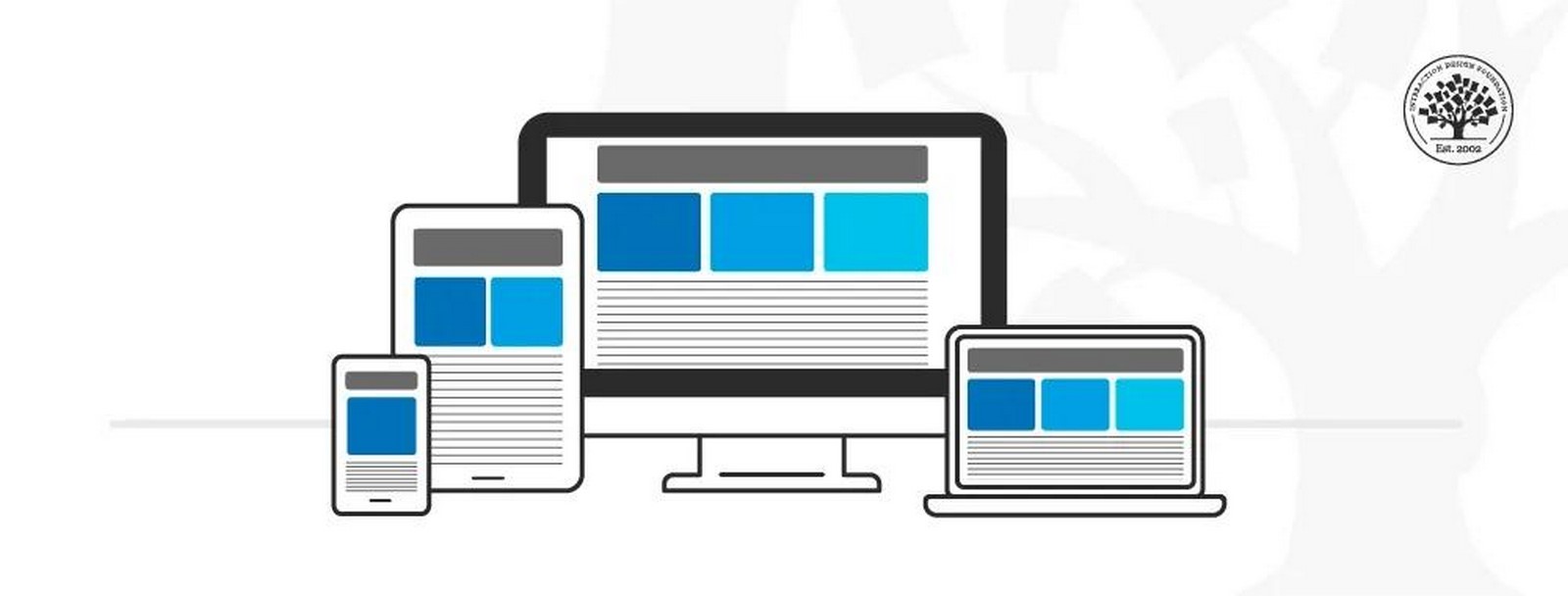
In a world of ever-changing digital landscape placing humans at the center of any digital platform it creates an experience that is not only intuitive but also meaningful and impactful. A well-designed building stands as a testament to the architect’s vision and skill the digital platform can also be so and a lasting impression on the users. A well-designed digital platform leaves a lasting impression and shapes the way users interact and connect with the digital world.
Bibliography:
Awotoye, I., 2023. Designing for Accessibility and Inclusivity: Creating User-Centric Experiences.. s.l.:CIL Digital Innovation Guide.
Center of Inclusive Design, n.d. Inclusive Design. [Online]
Available at: https://centreforinclusivedesign.org.au/index.php/resources/inclusive-design/#:~:text=It%20considers%20the%20full%20range,part%20of%20the%20design%20process.
[Accessed 22 02 2024].
Ebbesen, H., 2020. Human-Centered Design in Digital Transformation. s.l.:s.n.
Hariharan, V., n.d. Onething Design Studio. [Online]
Available at: https://www.onething.design/blogs/accessibility-vs-inclusivity-in-experience-design/
[Accessed 23 02 2024].
INTERACTION DESIGN FOUNDATION, n.d. INTERACTION DESIGN FOUNDATION. [Online]
Available at: https://www.interaction-design.org/literature/topics/empathize#:~:text=Empathy%2C%20in%20design%2C%20refers%20to,tailored%20to%20their%20genuine%20requirements.
[Accessed 23 02 2024].
Kampinga, P., 2020. Human-Centered Design in Digital Transformation. [Online]
Available at: https://www.beinformed.com/blog/human-centered-design-in-digital-transformation/ [Accessed 22 02 2024].








